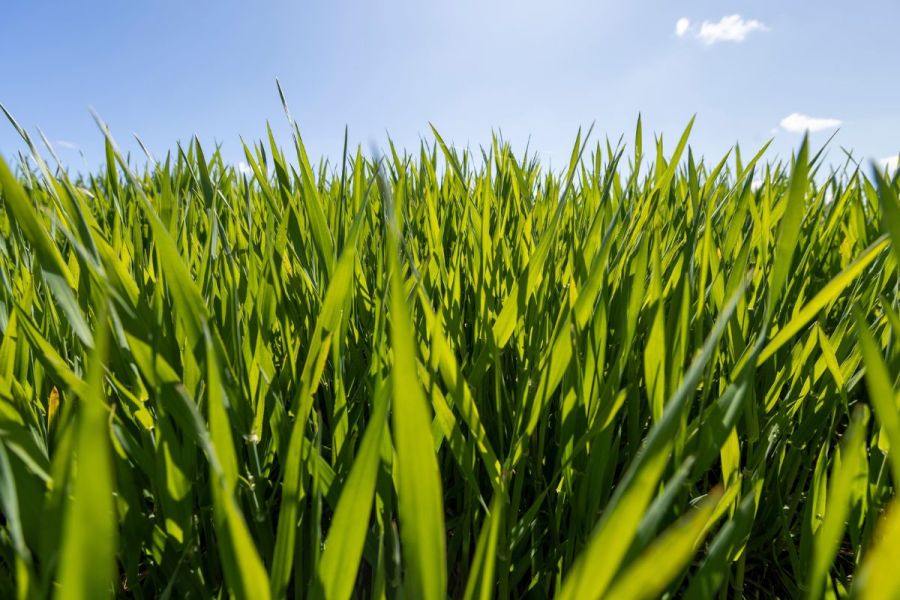The eagle eyed among television viewers may have spotted SAP analysis results being scrutinised on a recent episode of Clarkson’s Farm. CPM looks at why the service has grown in popularity since its inception more than 30 years ago.
“SAP testing is different in that it identifies the nutrition which is available to the plant.”
By Janine Adamson
Love him or hate him, there’s no denying Jeremy Clarkson of Top Gear fame has fast become a hit among agriculturalists and the general public alike thanks to his candid account of running Diddly Squat Farm in Chipping Norton.
Through the past three series, viewers have learned just how difficult it can be to make traditional cropping pay, and in more recent episodes, Jeremy has turned to regenerative farming in an attempt to add value.
Part of this involved using SAP analysis to understand the nutritional deficiencies of a regen wheat crop so that applications could be adequately tailored. Diddly Squat aside, Omex Agriculture’s Scott Baker says whereas in the past SAP testing has been used to understand poor performance, it’s now playing a role in strategic management.
“SAP analysis is essentially a blood test for a plant – it offers a complete overview of a plant’s nutrient uptake while detecting deficiencies and/or excesses before visible symptoms appear.
“Whereas before it was being used to identify the reasons why a crop might not be performing to its potential, we now find SAP testing is being used ahead of key fungicide timings, so that required nutrition can be added into tank mixes for optimum efficiency and output,” he explains.
At a very simplistic level, SAP analysis is a means of assuring growers that they’re not over or under applying nutritional products, continues Scott.
“And whereas conventional tissue testing reports the level of nutrients in a sample, it includes those which are locked up or unavailable to the plant. Although any form of testing is valuable, SAP testing is different in that it identifies the nutrition which is available to the plant.”
Omex offers this nutritional analysis service by using the purpose-built Scientific Agricultural Partnership (SAP) laboratories in King’s Lynn. The labs extract, analyse and interpret sap samples taken from growing plants, using 17 macro and micro nutrient parameters for a complete picture.
Interpretation is conducted by a team of qualified agronomists, allowing individual recommendations to be created for active nutritional management of the crop. Each report indicates the levels of No3, NH4, P, K, Mg, S, Ca, Na, Cl, Mn, B, Cu, Fe, Zn, Mo, Al in an easy to interpret bar chart, as well as pH.
Scott says the system has been developed for decades and continues to evolve as new varieties come to the market and cropping systems evolve. “What this gives us a wealth of data to tap into; we also analyse samples from Europe which adds further intelligence.
“What we have noticed is that there’s been a surge in the use of SAP testing since around 2016, which coincides with regenerative farming becoming of greater interest in the UK. The reason behind that is SAP analysis supports the ethos of producing more from less, while taking proactive steps to decarbonise the food chain,” he adds.
“It makes sense – stronger, healthier plants are better positioned to withstand stress and external pest pressure. But it’s worth remembering that SAP analysis has a place in any system that wants to be targeted and efficient with its use of inputs.”
With data in mind, Scott points out that Omex provides monthly snapshot trends based on the findings of SAP analysis. “This has been a challenging season and what we’ve seen so far is a pattern of deficiencies in highly mobile nutrients such as sulphur, due to waterlogging and leaching. For growers, this can result in an impact on NUE and quality.
“We know sulphur helps to hold amino acids together which are the building blocks of protein. One market where premiums can be achieved is milling wheat, so correcting sulphur deficiencies will be particularly prevalent to those growers,” he explains.
According to Scott, other seasonal trends include deficiencies in micronutrients such as boron in sugar beet crops, and manganese.
But given SAP analysis is about improving production efficiencies, how does the service stack up? “Testing is subsidised by Omex because we believe in making it accessible to all, so it’s competitively positioned price-wise. As a benchmark, a tissue test costs around £33,” he states.
“The benefit of SAP testing is it helps growers to get ahead with a crop’s nutritional requirements, before the symptoms of deficiency are visible, which could have a significant impact on yield and therefore profitability,” confirms Scott.
This article was taken from the latest issue of CPM. Read the article in full here.
For more articles like this, subscribe here.
Sign up for Crop Production Magazine’s FREE e-newsletter here.




